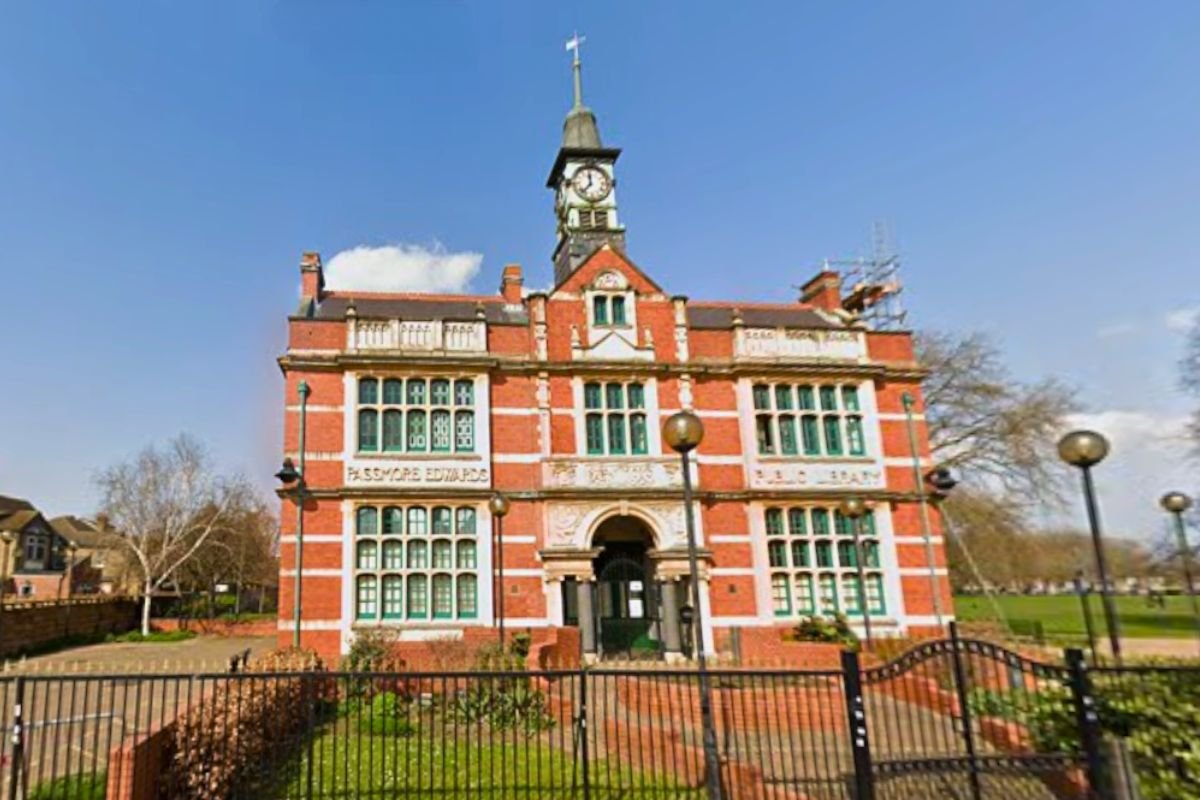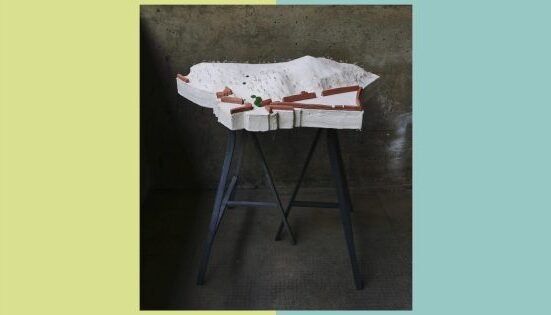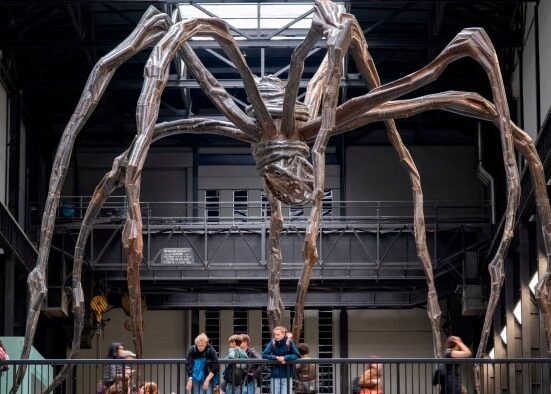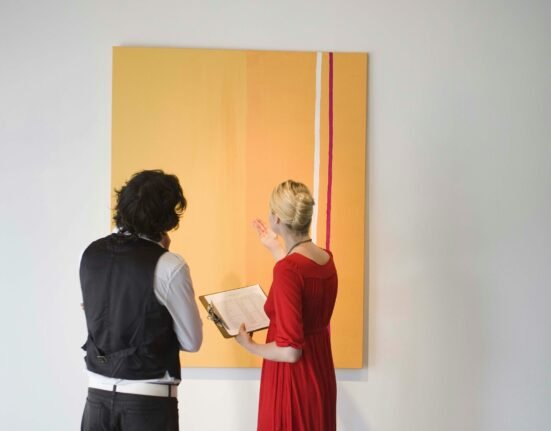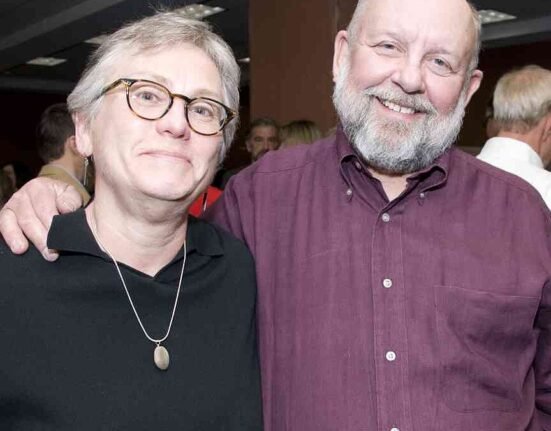A new report has highlighted the “growing and urgent need” for capital investment in the UK’s arts centres, due to ageing infrastructure, increasing maintenance challenges, and growing financial pressures.
The report by Future Arts Centres and Arup draws on research involving 90 arts centres across the UK, which have a combined annual visitor number of 9.4 million.
While ‘Evaluating Capital Investment Needs for Arts Centres in the UK’ identifies a wide range of required improvements, two of the most common among survey respondents were space reconfiguration and expansion and energy efficiency and sustainability.
Among the immediate priorities revealed by the report are the need to address maintenance backlogs and invest in new heating systems and insulation.
Also identified as urgent needs are further investments in digital technologies and enhanced accessibility for both performers and audiences.
Age matters
The age of the arts centres surveyed spanned the last 400 years, with a third of respondents’ buildings constructed before 1900 and almost half having listed features.
How old a venue is was shown to have a significant impact on building maintenance.
Arts centres built between 1801 and 1900 had the largest delays in maintenance work, with only 38% reporting they were up-to-date with standard operational maintenance.
For venues constructed between 1901 and 2000, 63% felt they were on track, whereas for those built in the 2000s, the figure was 56%.
Over three-quarters (78%) of the arts centres surveyed for the report said they were behind schedule on planned major projects, while 45% reported difficulties with standard operational maintenance.
The report reveals that local authority-owned venues are having a particularly tough time, with 83% reporting they are behind on significant maintenance projects.
Over half (60%) of the venues said they’d had no renovation or refurbishment within the last 10 years, with this figure including 25% that have had “no relevant works within recent memory”.
‘Cultural sustainability’
The report concludes that while arts centres continue to be “ambitious and committed to delivering high-quality experiences for their communities,” investment is needed to ensure that the buildings are “fit for purpose”.
The co-directors of Future Arts Centres, Annabel Turpin and Gavin Barlow, said investment in arts centre buildings “is not just about maintenance – it is about securing the long-term cultural sustainability of our communities and the spaces they gather in.
“These buildings enable arts centres to create, support and nurture communities. We must act now to ensure they can continue to do so for generations to come.”
Tateo Nakajima, an Arup fellow and director, added that for the arts and culture sector, “the built environment is a critically important enabler of their craft, and their connection with communities across the UK.
“As audience expectations evolve and environmental considerations become more pressing, arts centres will need to adapt, and the condition of their buildings will play a crucial role in their ability to do so.”

